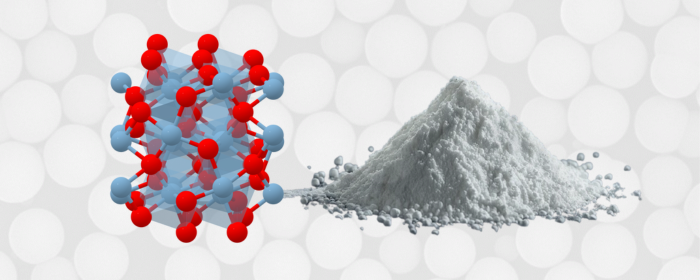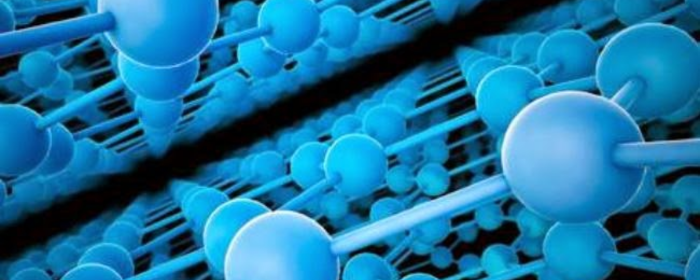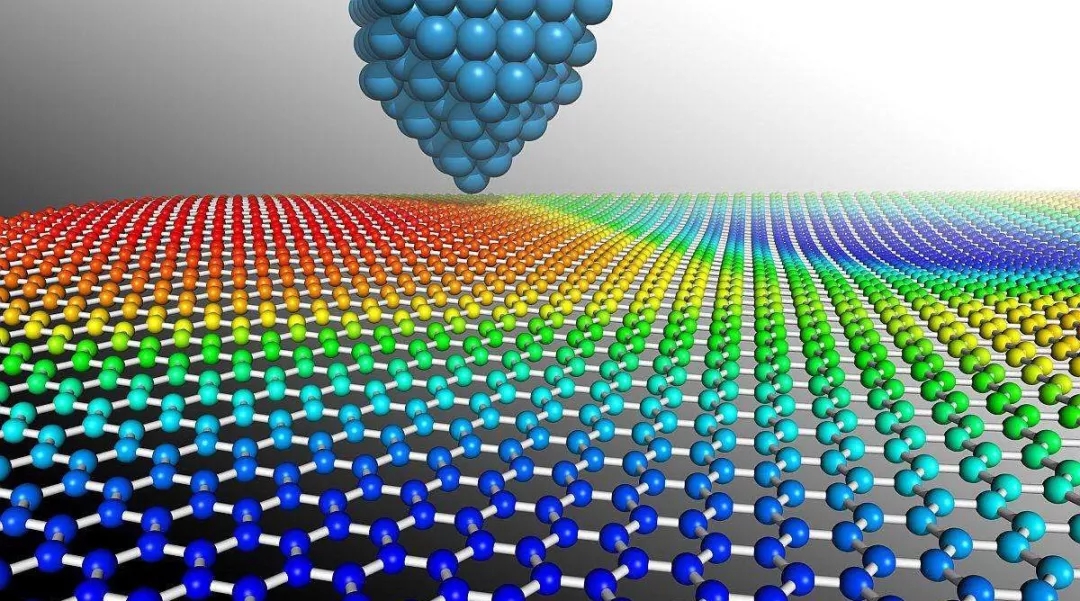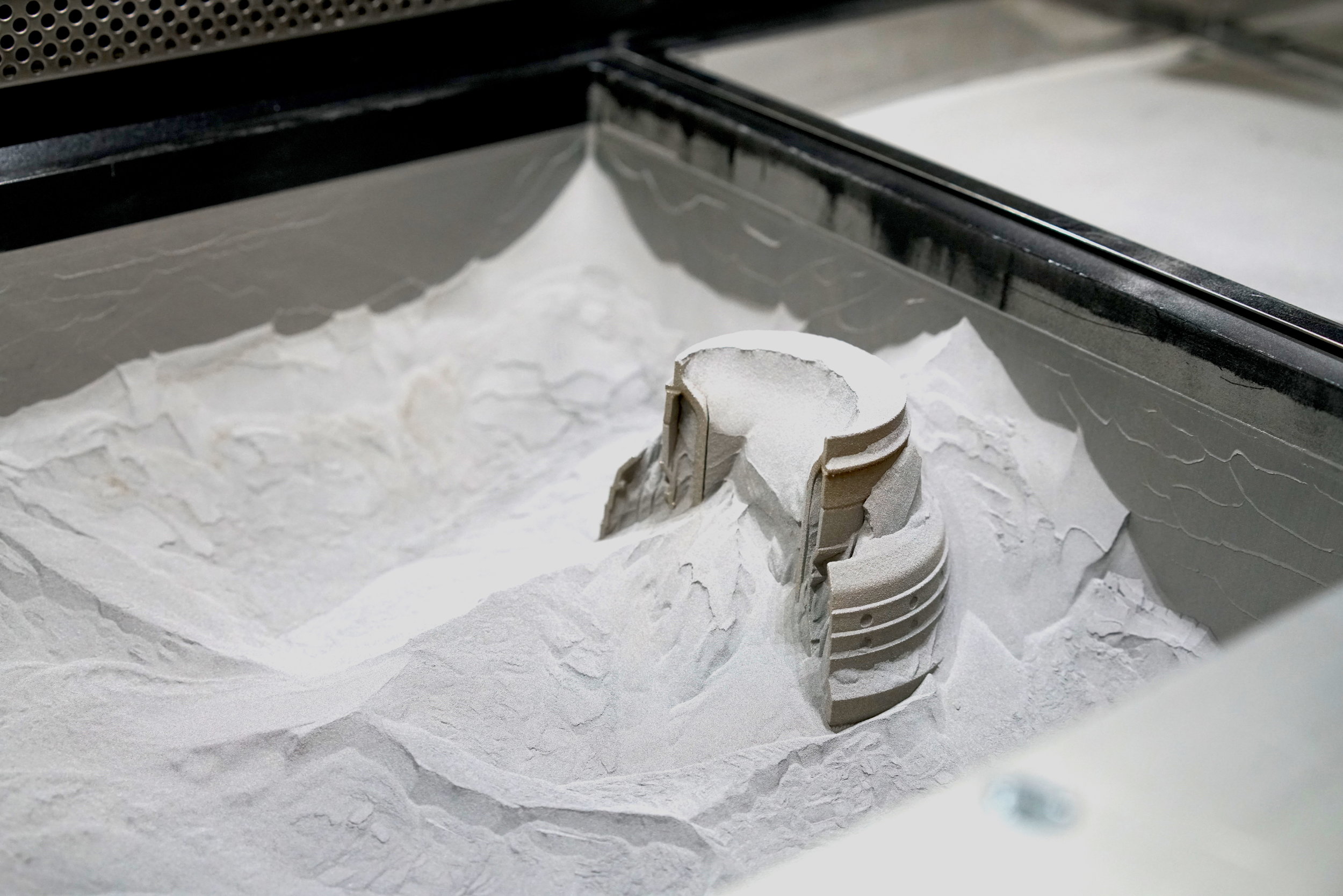

This is a submission for SAM's 2024 Scholarship on spherical powder, written by a college student.
Spherical powder technology represents a significant advancement in various industries, particularly in manufacturing and materials science. Here’s how innovation, practical application, and potential impact can be demonstrated within this field:
● Advanced Production Techniques: Innovating in the methods used to create spherical powders can lead to improvements in particle size distribution, shape control, and purity. Techniques such as gas atomization, plasma atomization, and centrifugal atomization are continuously being refined to achieve better spherical powder characteristics.
● Surface Modifications: Innovations in surface modification techniques can enhance the properties of spherical powders, making them more suitable for specific applications like additive manufacturing or pharmaceuticals.
● Composite Spheres: Developing composite spherical powders with multiple layers or materials can expand their applications in fields requiring multifunctionality or tailored material properties.
● Additive Manufacturing (3D Printing): Spherical powders are crucial in additive manufacturing processes like selective laser melting (SLM) or electron beam melting (EBM). Their flowability and packing density directly influence the quality and efficiency of 3D-printed parts.
● Metal Injection Molding (MIM): Utilizing spherical metal powders in MIM processes ensures better mold filling, leading to higher precision and reduced defects in the final components.
● Catalysis: Spherical catalyst powders exhibit enhanced reactivity and stability due to their controlled size and morphology, making them highly efficient in chemical processes.
● Pharmaceuticals: Spherical powders are used in pharmaceutical formulations for controlled release and improved bioavailability of active ingredients.
● Improved Product Performance: The use of spherical powders can lead to products with enhanced mechanical properties, improved surface finish, and higher reliability due to better control over particle size and shape.
● Cost Efficiency: By optimizing powder characteristics, manufacturers can reduce material waste, lower processing costs, and achieve higher yields in various production processes.
● Environmental Benefits: Spherical powders can contribute to more sustainable manufacturing practices by enabling efficient use of materials and reducing energy consumption during processing.
● Medical Advancements: In pharmaceuticals and biomedical applications, spherical powders can facilitate the development of novel drug delivery systems and implants with improved therapeutic efficacy and biocompatibility.
Innovation in spherical powder technology continues to drive practical applications across diverse industries, promising substantial impacts ranging from enhanced product performance and cost efficiency to significant advancements in medical and environmental domains. Continued research and development in this field are essential for unlocking further potential and expanding the scope of applications for spherical powders.












